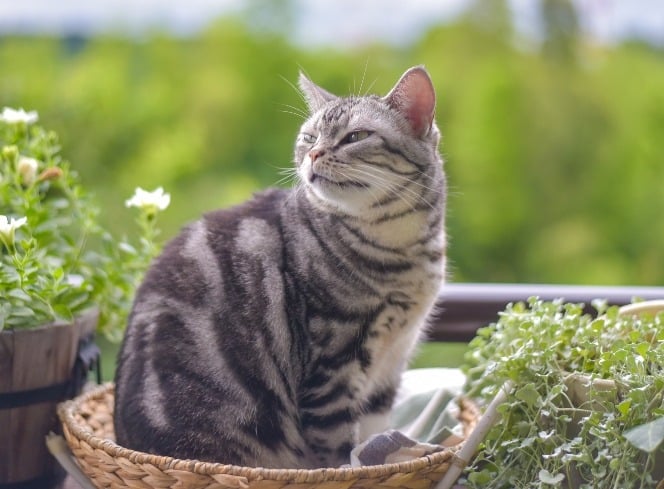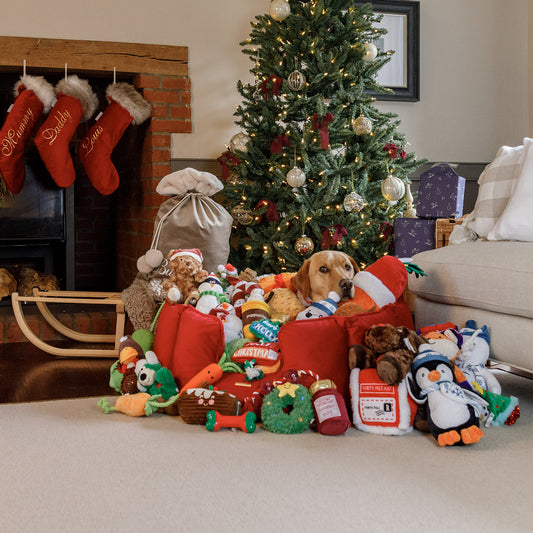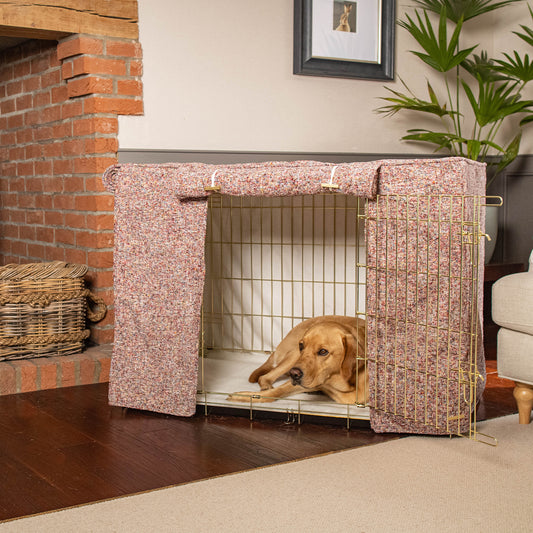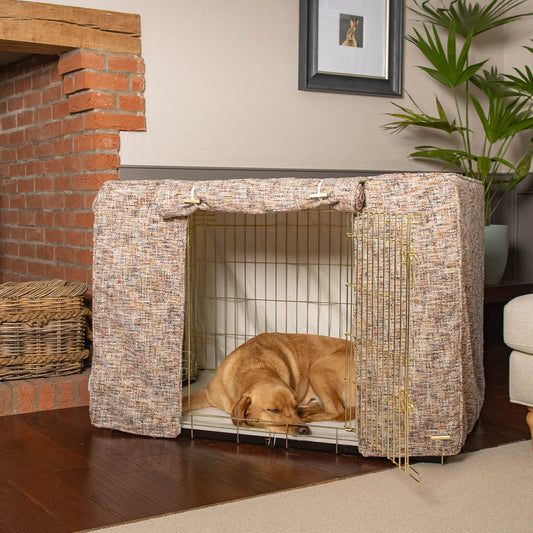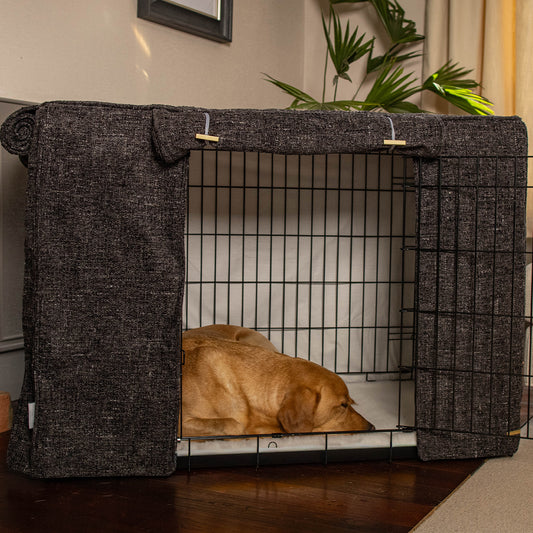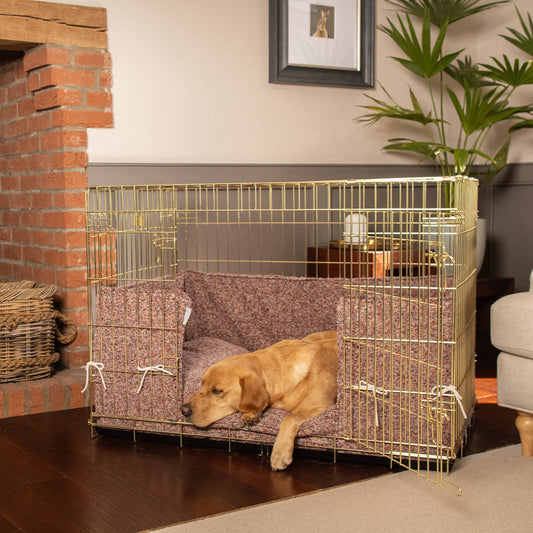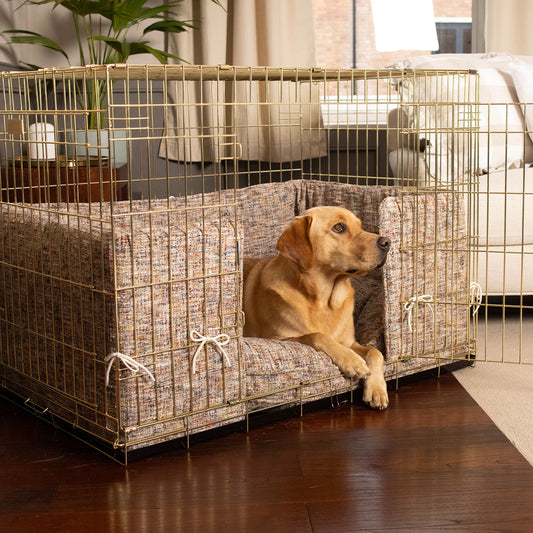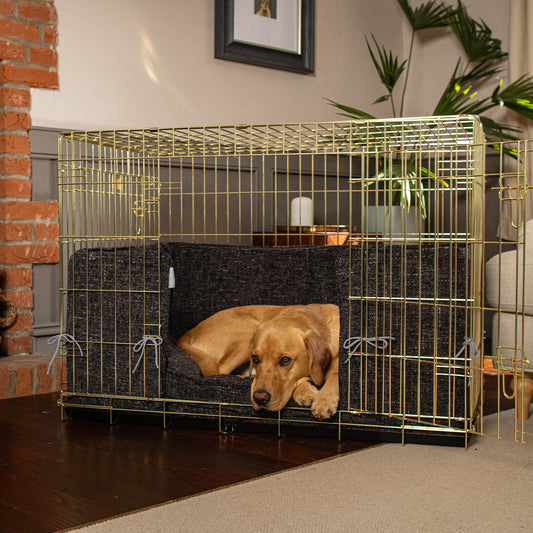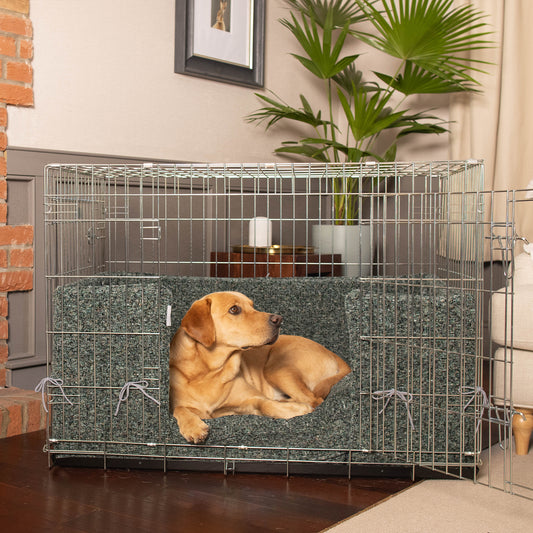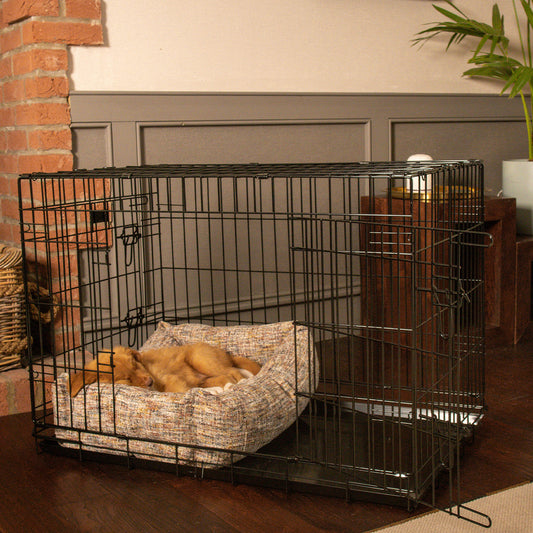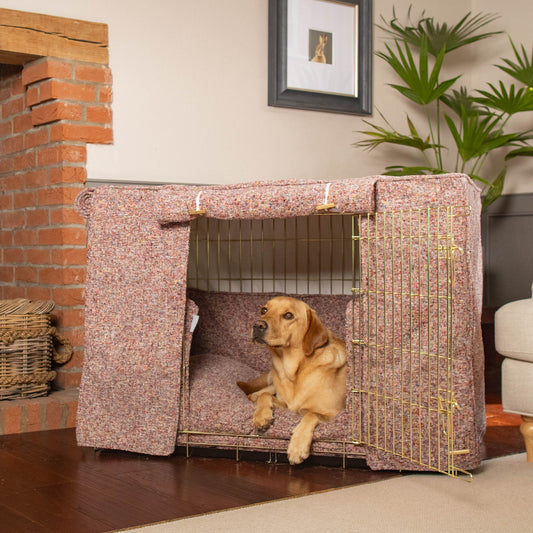Cats are curious creatures with a natural instinct to hunt and play. Providing them with stimulating toys is essential for their physical health and mental well-being. While pet stores offer a plethora of options, making DIY cat toys at home can be a rewarding alternative. In this guide, we'll explore how to make your own cat toys using everyday household items.
Why DIY Cat Toys?
Creating homemade cat toys allows you to customise playthings that cater to your cat's preferences and needs.
- Save Money: Utilise materials you already have at home.
- Reduce Waste: Repurpose items like old socks and cardboard boxes.
- Enhance Bonding: Engage in interactive play with toys you've crafted yourself.
- Customisation: Tailor toys to your cat's preferences and play style.
- Engagement: Handmade toys can be more engaging due to their unique textures and scents.
Materials You'll Need
Before diving into how to make cat toys at home, gather the following materials:
- Old socks
- Cardboard boxes
- Paper (newspaper or scrap paper)
- Fabric scraps
- Non-toxic glue
- String or yarn
- Catnip (optional)
- Scissors
- Needle and thread
DIY Cat Toy Ideas
1. Sock Cat Toy

How to make a cat toy out of a sock:
Materials:
- Old sock
- Fabric scraps or stuffing
- Catnip (optional)
- String
Instructions:
- Fill the Sock: Stuff the sock with fabric scraps or stuffing. Add a pinch of catnip for added allure.
- Secure the Opening: Tie the open end of the sock tightly with string.
- Add Features: You can sew on fabric pieces to resemble a mouse or other creatures.
- Playtime: Toss the sock toy to your cat and watch them pounce!
2. Paper Ball Toy

How to make a cat toy out of paper:
Materials:
- Scrap paper or newspaper
- String (optional)
Instructions:
- Crumple the Paper: Form the paper into a tight ball.
- Add String: Tie a piece of string around the paper ball if you want to dangle it.
- Interactive Play: Roll or dangle the paper ball for your cat to chase.
3. Cardboard Box Hideout

How to make cat toys out of cardboard boxes:
Materials:
- Cardboard boxes of various sizes
- Scissors or box cutter
- Non-toxic markers (optional)
Instructions:
- Design the Box: Cut holes and windows into the cardboard box to create entrances and peek-a-boo spots.
- Customise: Decorate the box with non-toxic markers.
- Assemble: Combine multiple boxes to create a multi-level playhouse.
- Explore: Allow your cat to investigate and play inside their new hideout.
4. Soft Fabric Mouse Toy

How to make a cat toy mouse:
Materials:
- Fabric scraps
- Stuffing
- Catnip (optional)
- Needle and thread
- String
Instructions:
- Cut the Fabric: Cut two identical mouse shapes from the fabric.
- Sew the Edges: Stitch the pieces together, leaving a small opening.
- Stuff the Mouse: Fill with stuffing and a pinch of catnip.
- Close the Opening: Sew the opening shut.
- Add a Tail: Attach a piece of string as the tail.
- Ready to Play: Introduce the toy to your cat for endless fun.
5. Simple Yarn Pom-Pom

Materials:
- Yarn
- Scissors
Instructions:
- Wrap the Yarn: Wind yarn around your fingers or a small piece of cardboard multiple times.
- Tie the Center: Slide the yarn off and tie a piece around the centre tightly.
- Cut the Loops: Snip the loops on both ends to create a pom-pom.
- Trim and Fluff: Trim uneven ends and fluff out the pom-pom.
- Supervise Play: Always monitor your cat while they play with yarn toys.
Safety Tips for Homemade Cat Toys
When learning how to make DIY cat toys, safety should be a priority:
- Avoid Small Parts: Ensure there are no small pieces that could be swallowed.
- Use Non-Toxic Materials: Stick to cat-safe, non-toxic materials and adhesives.
- Supervise Playtime: Especially with string or yarn toys, to prevent entanglement.
- Regular Inspection: Check toys for wear and tear, replacing them as needed.
Conclusion
Making your own cat toys is a fulfilling activity that benefits both you and your feline friend. Not only do you save money, but you also provide your cat with unique toys that cater to their natural instincts. By following these simple guides on how to make a toy for a cat, you can create engaging and safe playthings that will keep your cat entertained for hours.
Remember, the key to successful DIY cat toys is creativity and safety. Always supervise your cat during playtime, and enjoy the bonding experience that comes with crafting and playing together.
Looking for some cat toys which are a little less effort? Shop our cat toy collection here.


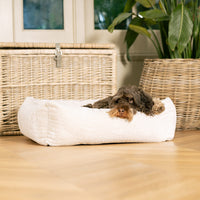

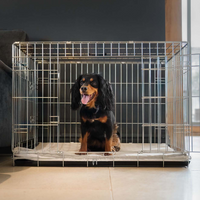

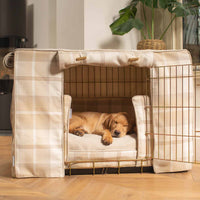

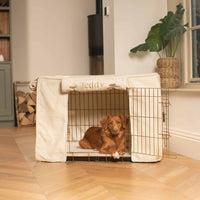
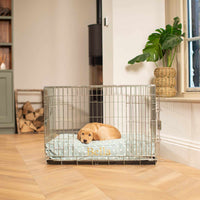
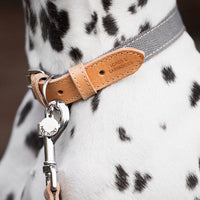



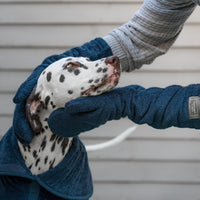

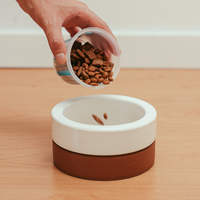
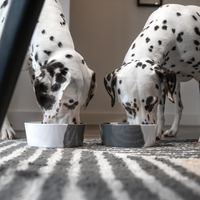


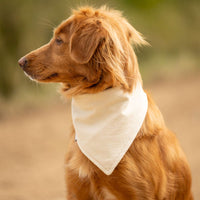
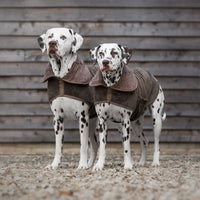
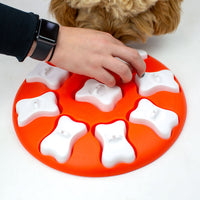
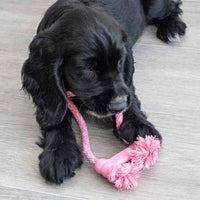
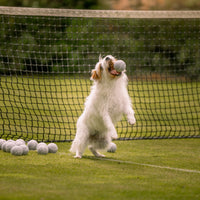
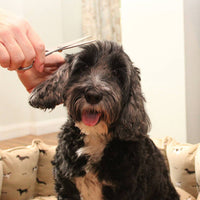

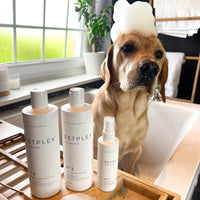

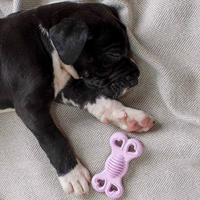
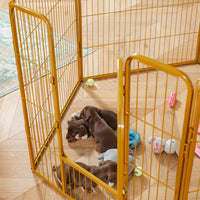
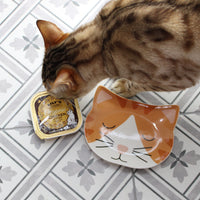
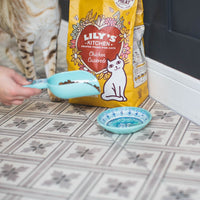
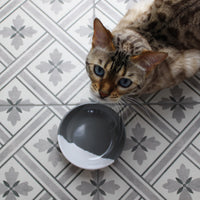
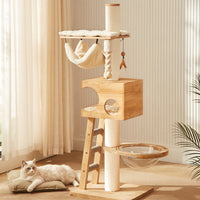
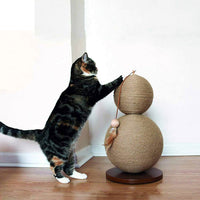
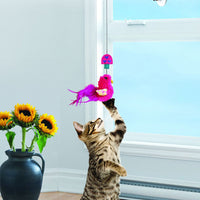
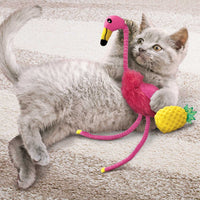
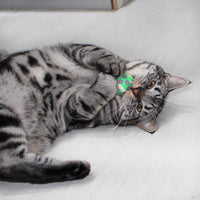
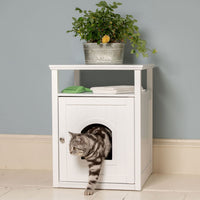
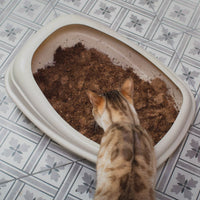
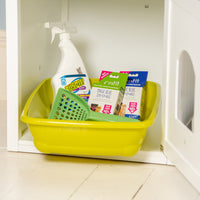
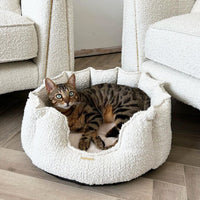
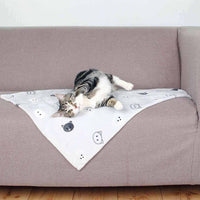
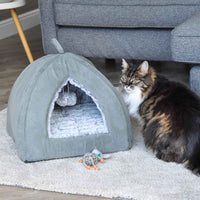
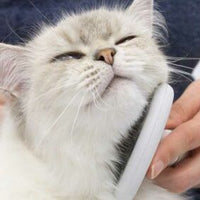
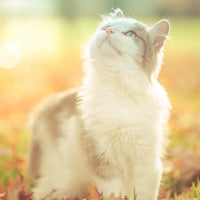


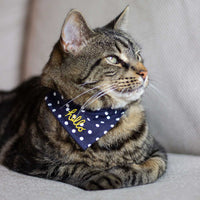


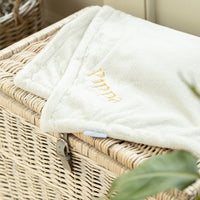
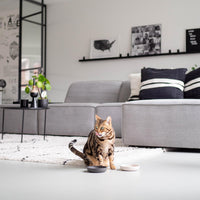




![[color:red waffle]](http://www.lordsandlabradors.co.uk/cdn/shop/files/kong-kickeroo-cuddler-red-lifestyle_8fc3a1d6-22b9-478b-951a-7d3c8b30e47c.jpg?v=1704880167&width=533)






